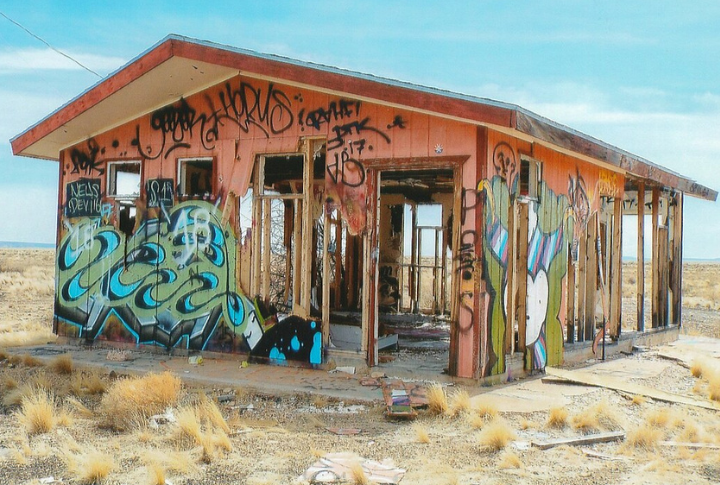
Route 66 wasn’t just a highway, but a place stitched together dreams and roadside legends. But with the rise of the interstate system, many towns along this iconic route faded fast. Their silence speaks volumes. In this gallery, you’ll find 15 once-thriving communities, each with its own tragic discovery. Some vanished overnight; others eroded slowly beneath the sun. Let’s explore them before they disappear completely.
Glenrio, Texas/New Mexico
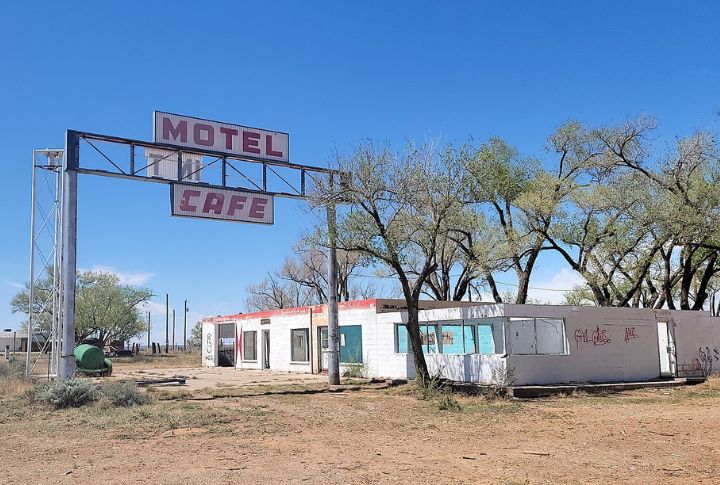
Straddling the Texas-New Mexico border, Glenrio hummed with gas pumps and neon glow. When I-40 bypassed it in the 1970s, traffic dried up overnight. Businesses shuttered, and residents left. Today, its dusty ruins remain, caught between states, caught in time, forgotten by travelers who speed past.
Texola, Oklahoma

Perched just a mile from the state line, Texola once thrived with car lots, cafes, with a jailhouse-turned-novelty stop. The highway reroute drained its momentum. Only one or two residents remain, living beside rusted signs and a weatherworn Magnolia station that still faces the road with pride.
Two Guns, Arizona
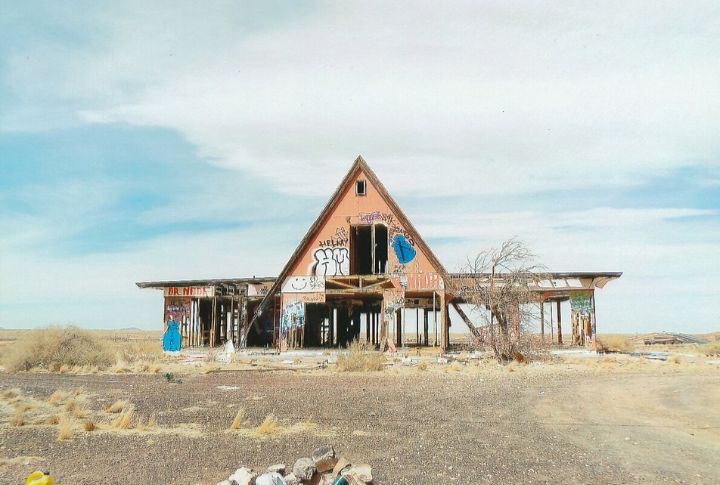
Whispers of betrayal, murder, and burned-out businesses haunt Two Guns. In 1878, a massacre in Apache Death Cave cast a dark shadow. By the 1920s, a zoo and trading post lured tourists. After a suspicious fire and bitter disputes, it fell into eerie decay. Some say it never shook the curse.
Amboy, California
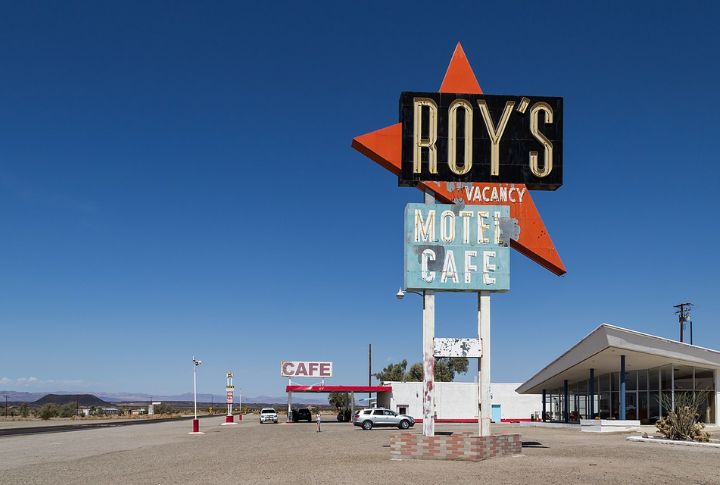
Amboy was once a shimmering oasis in the Mojave that bustled with Route 66 wanderers. Its decline was swift—Interstate 40 rerouted traffic, and the town emptied. Roy’s Motel & Café, its neon beacon, still stands. Though partially restored, the town’s bones creak under layers of desert silence and sunbaked dreams.
Conway, Texas

Conway gave travelers fuel and a place to shake off the dust. But as bigger highways took over, the town folded into itself. Now, with its leaning buildings and skeletal signage, Conway whispers a Western farewell—one splinter at a time, as prairie winds sweep through its broken bones.
Arlington, Missouri

Nestled near the Meramec River, Arlington thrived as a vacation spot in the early 1900s. Families filled cabins and swam at the Stony Dell Resort. The moment Interstate-44 arrived, the detour starved the town. Its remains now sit cloaked in kudzu and bittersweet nostalgia.
Cuervo, New Mexico

Cuervo flourished as a ranching and railroad town in the early 20th century. The construction of Interstate 40 bisected the town, leading to its decline. Today, abandoned buildings and a solitary church stand as silent witnesses to a once-thriving community divided by progress.
Times Beach, Missouri
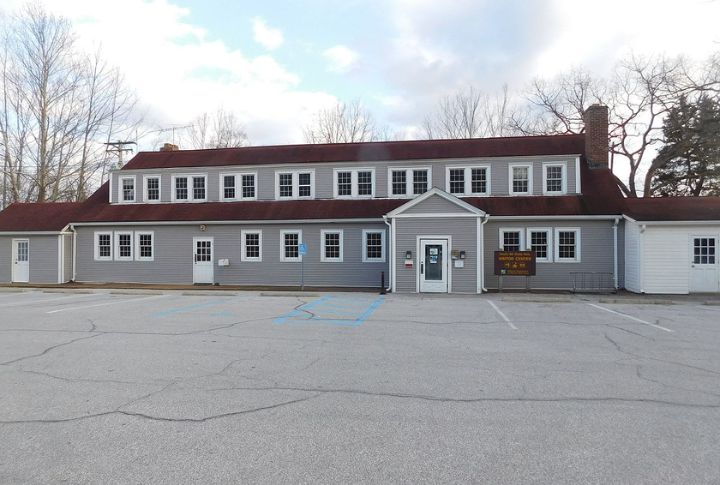
This EPA cautionary tale began with dioxin-contaminated oil sprayed on dusty roads. By 1983, every resident was evacuated, and homes were bulldozed. Nothing remains but trees and trails. Route 66 State Park now honors what stood here, quietly teaching visitors the price of progress and negligence.
Goffs, California
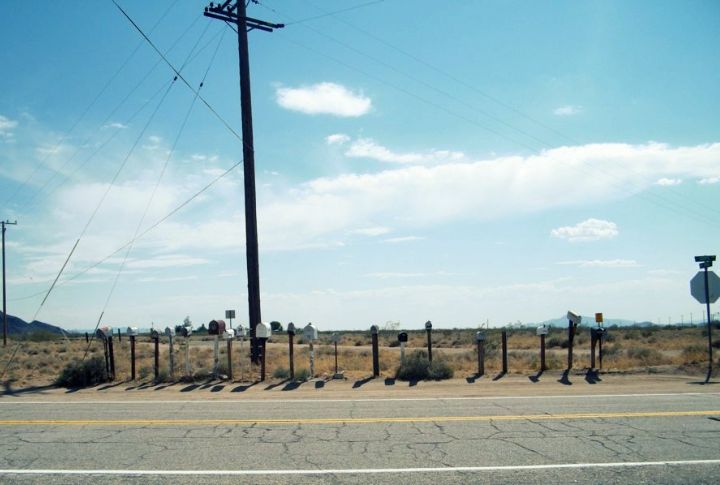
Goffs thrived as a rail junction and supply point for miners and travelers. The rerouting of Route 66 in 1931 bypassed the town, leading to its decline. Now, a restored schoolhouse and scattered relics tell the story of a community left behind by changing transportation routes.
Bagdad, California
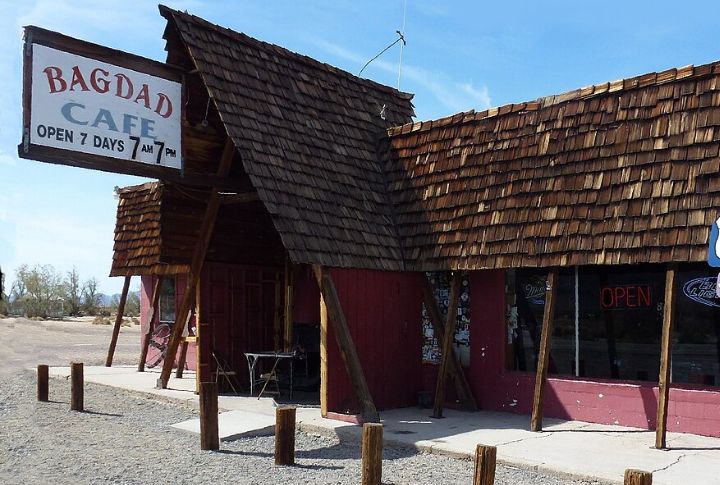
Bagdad once served as a bustling stop for travelers in the Mojave Desert. The town’s decline began when Interstate 40 bypassed it, leading to its eventual abandonment. Today, only a few foundations remain, marking the spot where a vibrant community once stood.
